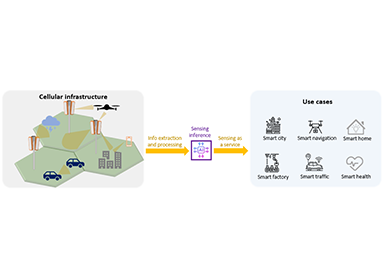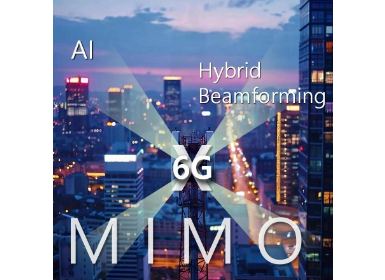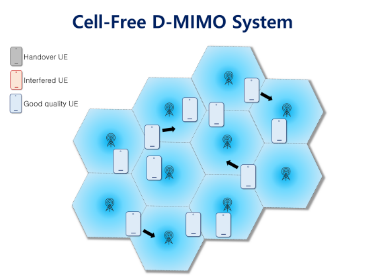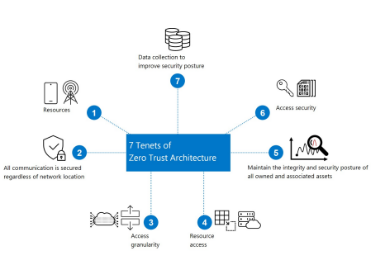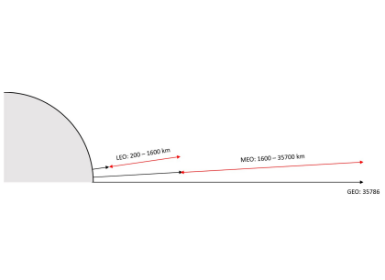Communications
Energy Saving for 6G Network: Part II, From Always-ON to Smart-ON
Introduction
The transition from 5G to 6G marks a significant improvement, emphasizing sustainability, operational efficiency, and intelligence along with advancements in data rates and latency [1]. With the Radio Access Network (RAN) consuming about 73% of a cellular network's energy [2] and incessant demand for longer battery life for devices, energy efficiency has become a cornerstone of 6G design. This article analyzes energy-saving mechanisms in 5G higher-layer protocols and outlines research directions for enhancing energy efficiency in 6G systems, which are expected to adopt complex architectures and integrate AI technologies.
Building on the physical layer innovations discussed in Part 1 [3], this work expands its focus to explore protocol and system-level strategies, aiming to provide a holistic approach to energy efficiency. By bridging these layers, the article highlights the importance of comprehensive research and development in 6G energy-saving technologies to ensure both network and device performance while promoting environmental sustainability.
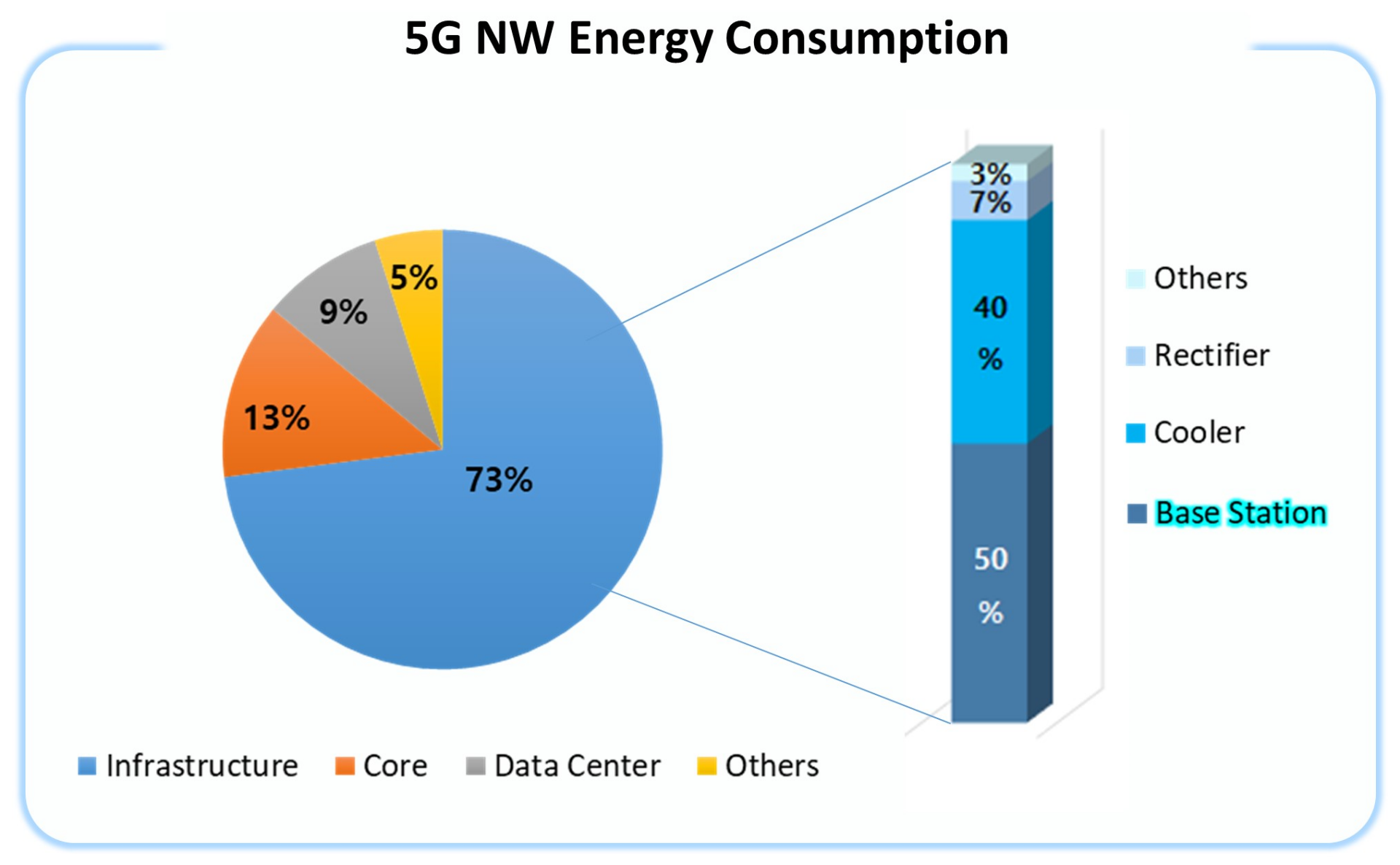
Figure 1. 5G Network’s Energy Consumption [2]
Energy-Saving Technologies in 5G
5G has introduced a range of advanced energy-saving technologies designed to optimize energy efficiency across both user equipment (UE) and network infrastructure (NG-RAN). These innovations represent a significant step forward in reducing energy consumption while maintaining high performance. This section delves into the key energy-saving mechanisms in 5G from a protocol and system perspective, complementing the detailed physical-layer discussions in Part 1 [3].
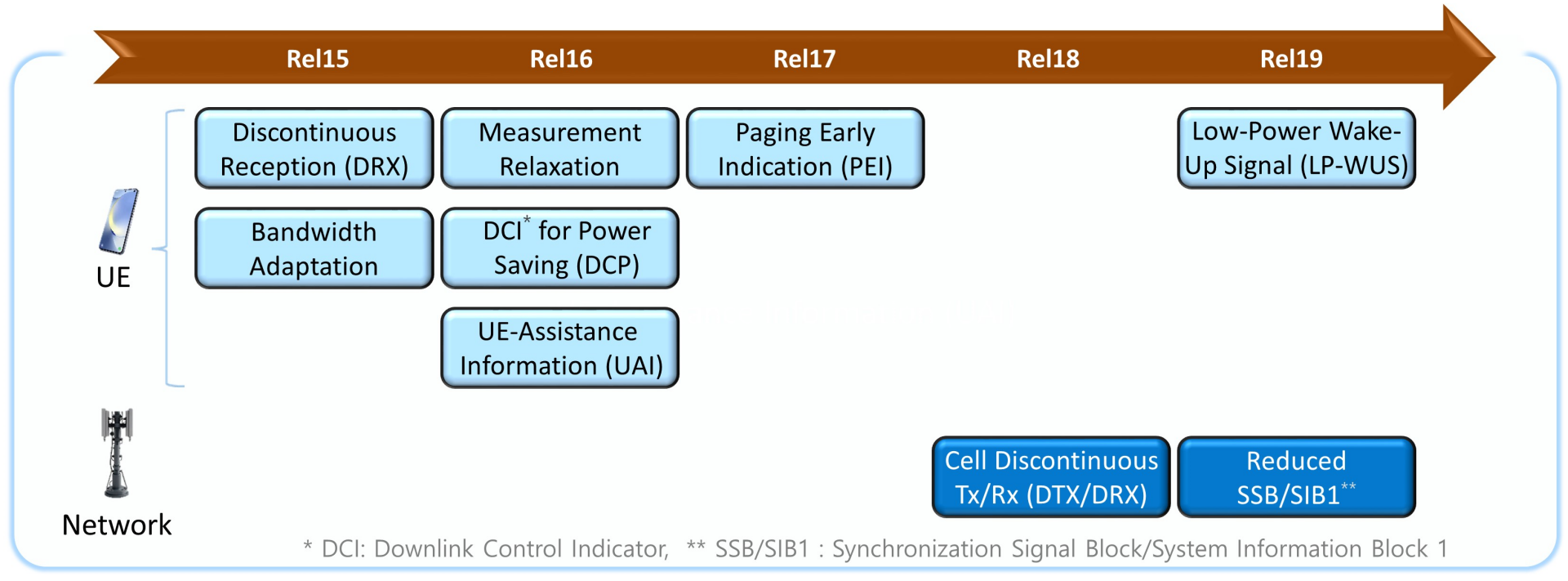
Figure 2. Overview of Energy-Saving Technologies in 5G
Figure 2 provides an overview of UE and network (NW) energy-saving techniques in 5G, showing their evolution across various releases. Notably, these technologies have been developed independently, without joint optimization among UEs and gNBs (5G NodeBs).
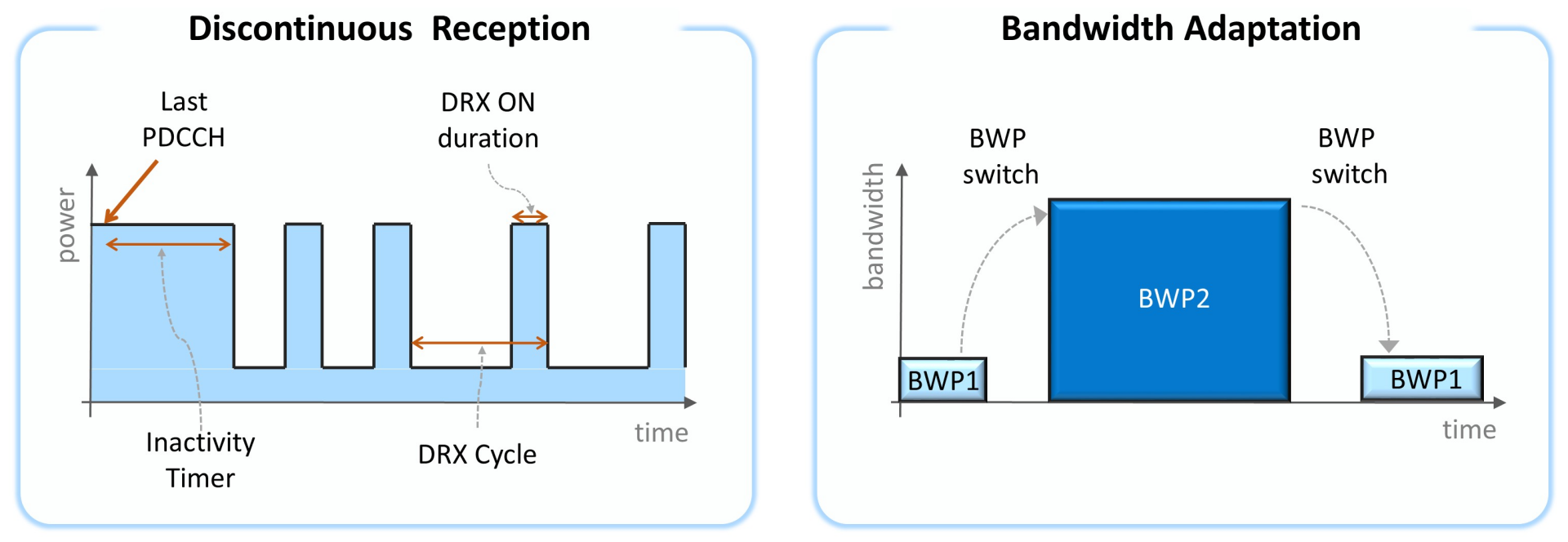
Figure 3. (a) 5G UE Discontinuous Reception (DRX) and (b) Bandwidth Adaptation
Discontinuous Reception (DRX)
DRX has been one of the most prominent techniques for reducing UE power consumption. By controlling PDCCH (Physical Downlink Control Channel) monitoring activities, UEs can minimize their active states. This approach significantly cuts down on energy usage during idle periods, allowing devices to go into light and deep sleep states. 5G NR introduces configurations tailored for latency-sensitive services like XR (Extended Reality), by aligning DRX cycles with video frame rates to optimize performance and battery efficiency. For UEs in RRC_IDLE or INACTIVE mode, 5G introduced Extended DRX (eDRX) to cater Machine Type Communication (MTC) and Internet of Things (IoT) devices. Furthermore, DRX functionality is expanded in 5G to encompass Non-Terrestrial Network (NTN), sidelink communications, and broadcast/multicast services, broadening its applicability across diverse use cases.
Bandwidth Adaptation (BA)
Bandwidth Adaptation allows UEs to dynamically adjust their active bandwidth parts (BWP) in accordance with the fluctuating data rate requirements, reducing unnecessary wideband monitoring. Through the reporting of bandwidth preferences via UE Assistance Information (UAI) messages, this mechanism ensures efficient resource allocation without overburdening the device.

Figure 4. (a) 5G RRM Measurement Relaxation and (b) Low-Power Wake-Up Signals
Relaxed RRM Measurements
For low mobility or not-cell-edge UEs, Radio Resource Management (RRM) Measurement Relaxation offers a straightforward way to conserve UE power. By easing the frequent adjacent cell measurements, UEs can enter lower-power consumption states without compromising network performance.
Low-Power Wake-Up Signal (LP-WUS)
In a 5G-Advanced NR network, the Low-Power Wake-Up Signal (LP-WUS) enables UEs to remain in deep sleep states. UEs wake up only when triggered by a dedicated low-power signal, eliminating the need for continuous monitoring of common signals like paging and other PDCCH signals.
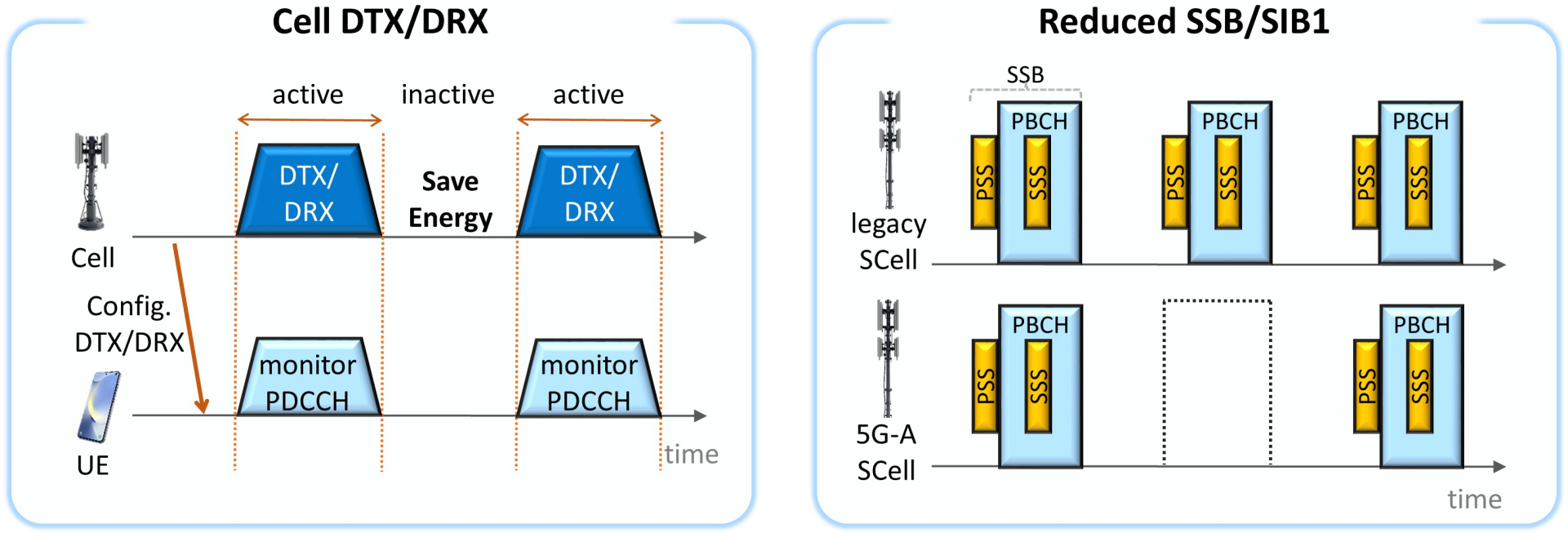
Figure 5. (a) Cell DTX/DRX and (b) Reduced SSB/SIB1 Transmission
Cell Discontinuous Transmission/Reception (DTX/DRX)
On the network side, Cell DTX/DRX plays a pivotal role in reducing energy consumption. By configuring periodic DTX/DRX patterns commonly to all RRC_CONNECTED state UEs in the radio cell, gNBs can minimize downlink transmission and uplink reception activity times, particularly in low-traffic scenarios.
Reduced Broadcasting Signals
5G-Advanced NR network can reduce unnecessary transmissions required for sending Synchronization Signal Blocks (SSBs) and System Information Block 1 (SIB1). SSB-less operation is introduced for a secondary cell (SCell) in a carrier aggregation (CA) scenario, while on-demand SIB1 request is being introduced for RRC_IDLE/INACTIVE state UE. Unlike early 5G NR networks, where base stations continuously transmit SSBs and SIB1, these methods improve energy efficiency by eliminating redundant broadcasts, making them available on-demand and extending base station sleep periods during low traffic loads.
Challenges in 5G Energy Saving
Despite significant advancements, 5G networks face multiple challenges in implementing energy-efficient solutions:
First, the fundamental trade-off between energy efficiency and network performance. Operators must carefully balance power savings with critical QoS requirements including low latency and reliable coverage, while simultaneously managing different optimization parameters across various UEs in different operational states.
Second, periodic and always-on signaling requirements. Essential network operations such as synchronization signals, reference signals, and system information updates prevent both UEs and gNBs from entering deeper, more efficient sleep states, creating inherent limitations in power saving capabilities.
Third, the lack of harmonization between different power-saving technologies. Energy-efficient solutions for UEs and networks have been developed separately without proper coordination, resulting in limited system-level efficiency.
Fourth, the increasing network complexity. Modern deployments face coordination challenges in mixed macro/small cell scenarios, coexistence issues in unlicensed spectrum bands, and unique synchronization requirements when integrating NTN and diverse IoT devices - all of which complicate energy optimization efforts.
Finally, the gradual development of new features creates challenges in adaptation. The gradual rollout of energy-saving technologies across different 5G releases creates compatibility gaps, preventing early-generation devices from utilizing newer power-saving features.
These challenges collectively impact the real-world effectiveness of 5G energy-saving technologies and highlight areas requiring further research and development.
In contrast, 6G aims to overcome these limitations through more innovative and integrated approaches. While 5G relies on technologies like massive MIMO and sleep modes, 6G emphasizes AI/ML-based predictive technologies and energy-efficient network architectures from the beginning. These advancements reflect 6G’s broader goal of building a more sustainable and environmental friendly network compared to its predecessor, setting a new benchmark for energy efficiency in wireless communication.
Next-Gen Energy Savings: The 6G Vision
Energy efficiency is a critical focus in 6G networks due to the environmental and economic impacts of excessive energy consumption. The "always-on" nature of existing networks leads to continuous energy consumption, increasing operational costs and carbon emissions. To address this, innovative technologies such as dynamic network activation/deactivation and spatial/temporal adaptations are being explored. Building on 5G advancements, 6G aims to integrate innovative architectures, energy-efficient hardware, and AI-driven optimization to balance performance and sustainability.
Core Principles of 6G Energy Optimization
6G energy optimization is built upon several core principles aimed at minimizing power consumption across the entire network lifecycle, from design and deployment to operation. These principles prioritize energy efficiency, simplicity, and scalability to meet future demands while achieving environmental sustainability and maintaining a balance between network performance and coverage. The guiding philosophy of 6G energy saving is centered around the principle of 'Less ON, More OFF,' which systematically reduces transmission and reception activities through context-aware, on-demand signaling [3].
Maximizing the Deep Sleep Periods in 6G
To maximize energy efficiency in the design of 6G networks, it is crucial to minimize power consumption by relieving the "always-on" characteristics of networks. To achieve this, 6G plans to manage energy consumption more efficiently than 5G by shortening carrier activation times and utilizing adaptive techniques across time, frequency, space, and power domains.
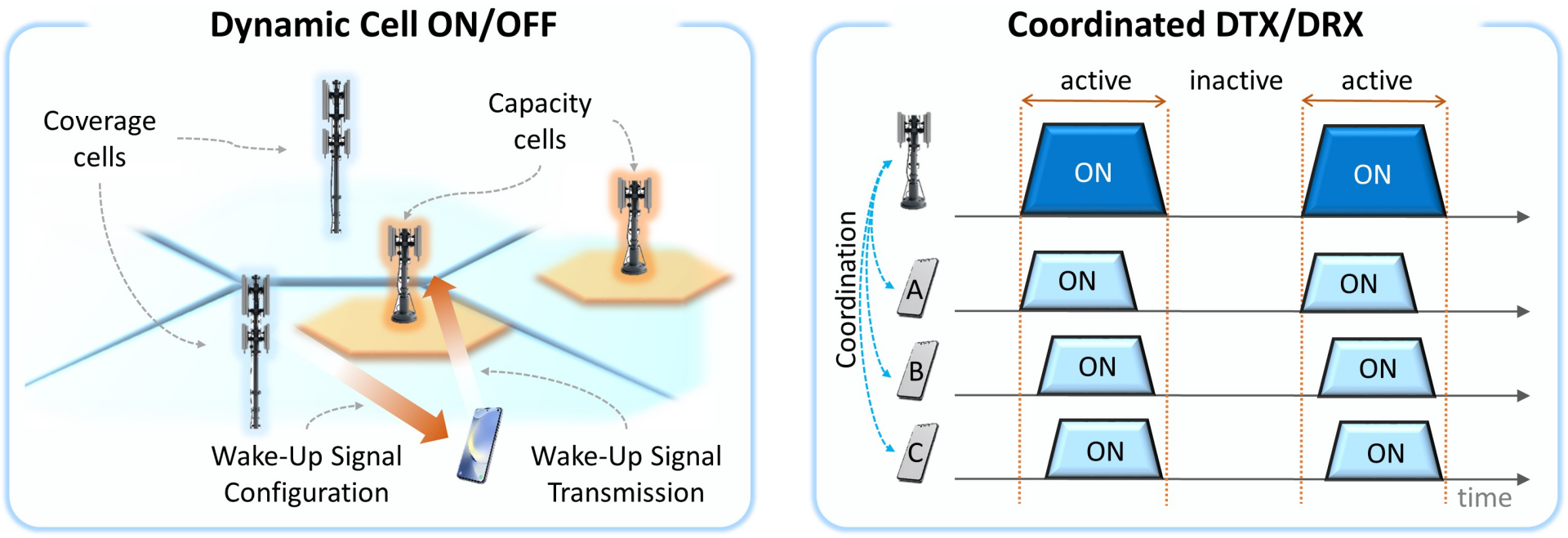
Figure 6. (a) 6G Dynamic Cell On/Off Utilizing Upink WUS and (b) Coordinated UE DRX and Cell DTX/DRX
Minimizing Always-On Signals
Strategies to reduce network energy consumption by optimizing system information transmission are gaining traction as key technologies in 6G networks. In particular, extending the periodicity of SSBs increases base station sleep times while maximizing energy-saving effects. Meanwhile, on-demand signal transmission technology reduces unnecessary power consumption by transmitting signals only when needed by UEs.
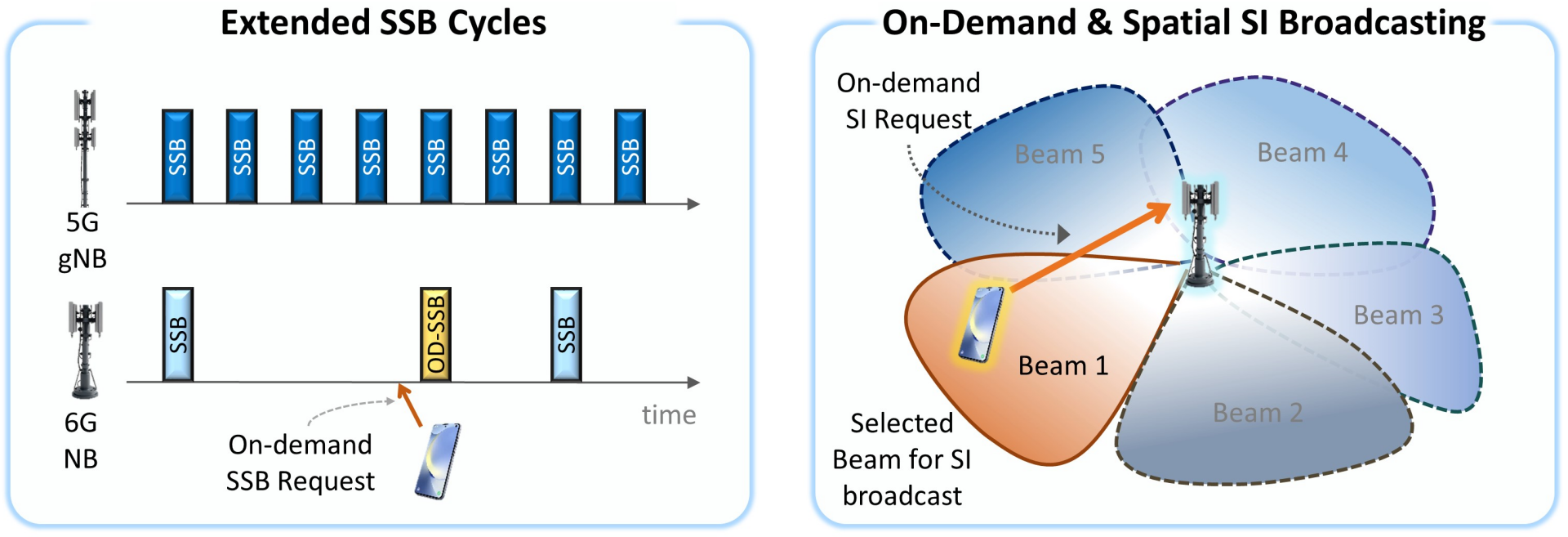
Figure 7. (a) 6G Extended SSB Periodicity and (b) On-demand Broadcasting Signals
AI-Driven Energy Optimization in 6G
AI/ML are envisioned to become foundational pillars for energy optimization in 6G networks, enabling unprecedented levels of real-time adaptability and intelligent resource management. By leveraging predictive analytics and advanced algorithms, AI minimizes unnecessary energy consumption by optimizing network transmission activities.
The pervasive adoption of AI in 6G networks is expected to yield significant energy savings across various operational domains. Key applications include predictive network management, dynamic resource allocation, and intelligent sleep mode optimization. For example, 6G RAN may utilize AI-driven SSB adaptation, RACH allocation, DTX/DRX pattern selection, and so on. These technologies go beyond classic rule-based approaches, offering a new paradigm suited to solving nonlinear and complex problems. These innovations collectively contribute to a substantial reduction in energy consumption, aligning with 6G's sustainability goals.
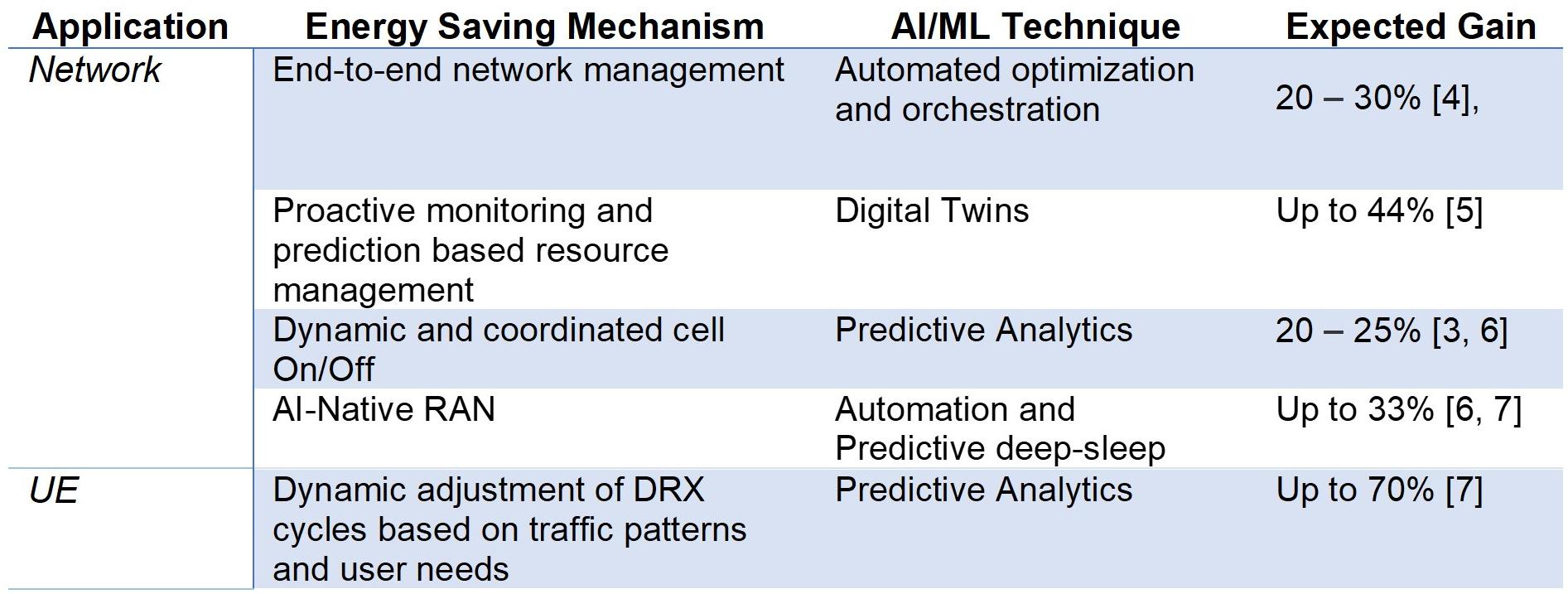
Table 1. Directions for AI-driven energy optimization in 6G
Evaluating 6G’s Energy-Saving Potential
The energy-saving potential of 6G networks is projected to be substantial, driven by a combination of architectural innovations, advanced hardware, and intelligent software. A key target is a 50% reduction in overall energy consumption compared to 5G baseline levels [3, 8]. Additionally, 6G aims for a 100-fold enhancement in energy efficiency per bit compared to 5G, meaning that 6G will be able to transmit 100 times more data for the same amount of energy [9, 10].
Beyond per-bit efficiency, 6G aims for significant reductions in the absolute power consumption of network components. For instance, the power consumption of a RAN site, which currently averages around 2.4 – 4.8 kW for 5G, is expected to decrease by 40 – 50% to 1.2 – 2.4 kW for 6G [3, 6, 11, 12]. This reduction is largely attributed to technological advancements in Power Amplifiers (PAs) and AI-native network management, which may contribute 20 – 30% site-wide energy savings through optimized resource allocation and dynamic sleep modes [6].
For user equipment, connected UEs could achieve up to 35% energy savings [12, 13], while idle UEs may see reductions exceeding 80% by minimizing always-on signaling [14]. Further efficiency gains are expected from extending SSB periodicity from 20 ms to 160 ms (8x) or longer [12, 15], reducing synchronization signal overhead.
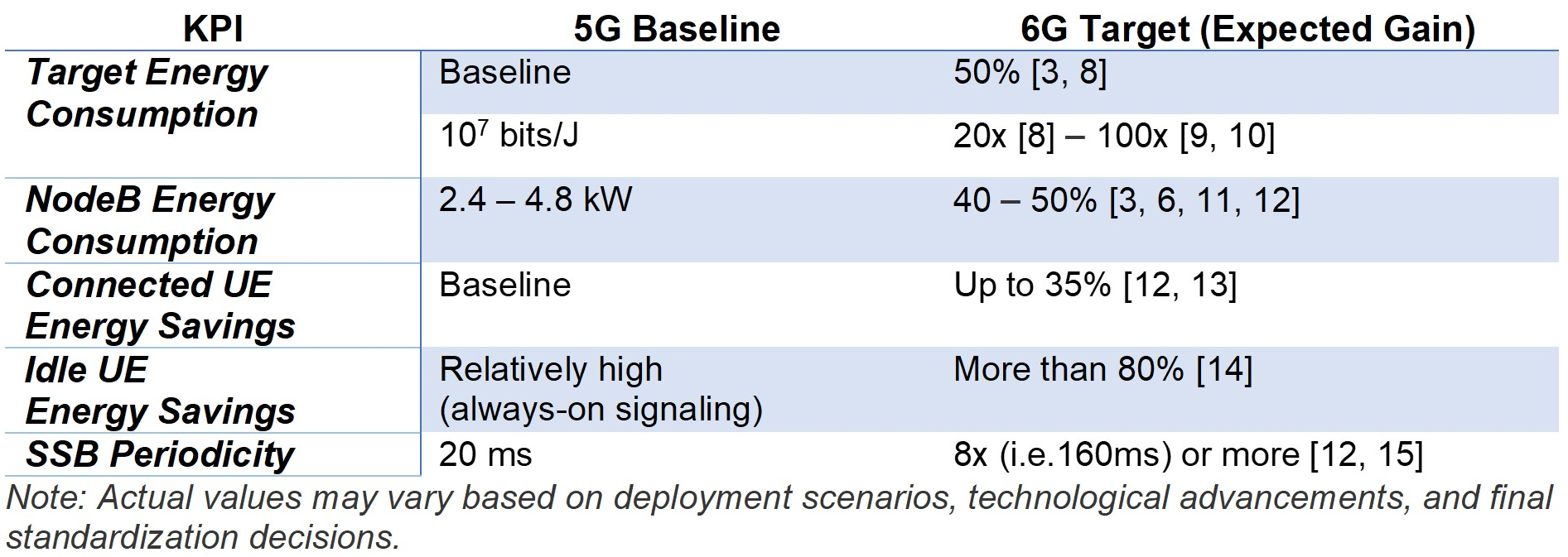
Table 2. Potential energy saving gains for 6G
Conclusion
The evolution of energy efficiency from 5G NR to future 6G technology underscores the importance of integrating innovative power-saving mechanisms into network design. While 5G has laid a strong foundation with technologies like DRX, LP-WUS, and cell DTX/DRX, 6G aims to build upon these advancements with principles such as carrier separation, on-demand signaling, and AI-driven optimization. We believe that the energy saving in 6G has the potential to revolutionize energy efficiency in wireless communication systems. Continued research and standardization efforts will be critical to realizing this vision and ensuring a sustainable future for global society.
Samsung has been playing a pivotal role in wireless communication standardization and is committed to the further advancements of energy saving in 6G.
References
[1] 6GWS-250036, Vision and Technologies for 6G Radio, Samsung
[2] GSMA, "5G Going green, benchmarking the energy efficiency in Mobile, " NGMN, 5G White Paper 1, 2021
[3] Samsung, "Energy Saving for 6G Network: Part I, " July 8, 2025, Link
[4] Nokia, “Controlling energy use: the role of AI-based solutions, ” White Paper, March 2023, Link
[5] Qualcomm, "Digital-Twin assisted Network Energy Optimization during Low Traffic Hours," arXiv, 2023.
[6] Samsung, "AI-Native & Sustainable Communication," Samsung 6G Vision White Paper, SAMSUNG Research, 2025, Link
[7] Vodafone & Ericsson, “Vodafone UK and Ericsson trial AI solutions for improved 5G energy efficiency’, 2025, Link
[8] Nokia, “Energy Efficient Design of Extreme Massive MIMO, “ 2023, Link
[9] Huawei, “The Next Horizon: What Lies Beneath the 6 Pillars of 6G?,” 2023. Link
[10] Hamed Ahmadi et al., "Towards Sustainability in 6G and beyond: Challenges and Opportunities of Open RAN." arXiv, March 11, 2025
[11] Ericsson, "Energy performance of 6G Radio Access Networks: A once in a decade opportunity, " Whitepaper, 2024, Link
[12] Nokia, "The path to 6G with unparalleled energy savings: A 3GPP standardization perspective, White paper," February 22, 2025, Link
[13] Ericsson, “6G - Taking radio access technologies to the next level,” Ericsson Blog, June 6, 2025. Link
[14] MediaTek, “6G Technology White Paper: Sustainable Mobile Communications,” MediaTek, 2024. Link
[15] Ailin Deng et al., “An ultra energy-saving mechanism based on beacon signals for 6G networks, ” 2025, Link

